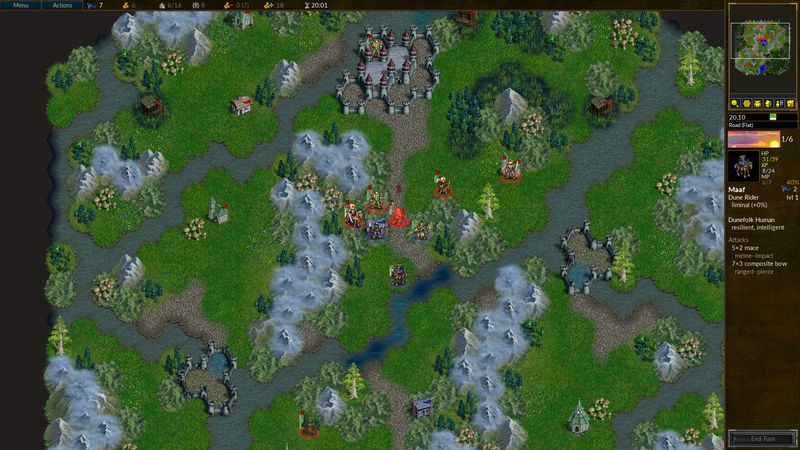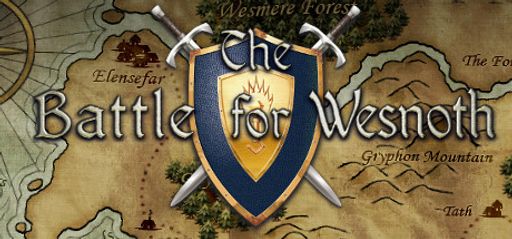Hey everyone! Today I’m getting comfy to chat about a truly timeless gem: The Battle for Wesnoth. If you’re a fan of turn-based strategy games with a touch of fantasy, you’re in for a fun ride. I’ve been exploring its 17 solo campaigns, trying out hotseat battles, and even diving into multiplayer. So, here are my warm and friendly thoughts on what makes Wesnoth worth playing—along with a few things that show its age since its 2003 release.
Overall Impressions
Right away, I was amazed by how much you get without spending a single penny. That’s right—it’s completely free and open-source, yet packed with community-made maps and mods. Even after 20 years, it still gets regular updates from volunteers who truly care about the game.
While it doesn’t have the sleek polish of newer strategy games, Wesnoth proudly sticks to its pixel art and simple interface. This gives it a cozy, handmade feel—almost like gathering around a board game with friends at home. It may not be flashy, but it has its own charm. If you’re looking for custom maps, big hotseat battles, and a built-in campaign editor, it’s hard to beat.
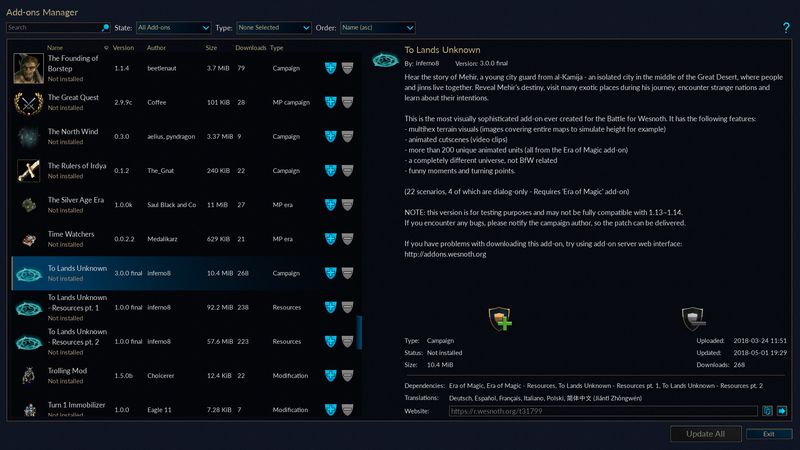
Gameplay Mechanics
At its heart, Wesnoth is a simple turn-based game on hex grids. You move units, fight enemies, and level up your heroes. One part that works especially well is the unit-counter system. For example, light infantry beat archers, archers beat spearmen, and so on. It always feels like a fun little puzzle when building your army.
Many players say it satisfies that “epic war” feeling. Some even create giant city maps with thousands of units and play with very little micromanagement. I played a hotseat match with my partner, and it ran smoothly—even when we packed 20 units into one hex! Also, the editor is very flexible, so you can easily build your own hero or design huge siege missions.
However, the menus can feel a bit outdated for new players. Since the interface hasn’t changed much in years, things like toggles or unit info can be tricky to find at first. Fortunately, the community has plenty of tutorials. Once you learn the layout, the game becomes second nature.
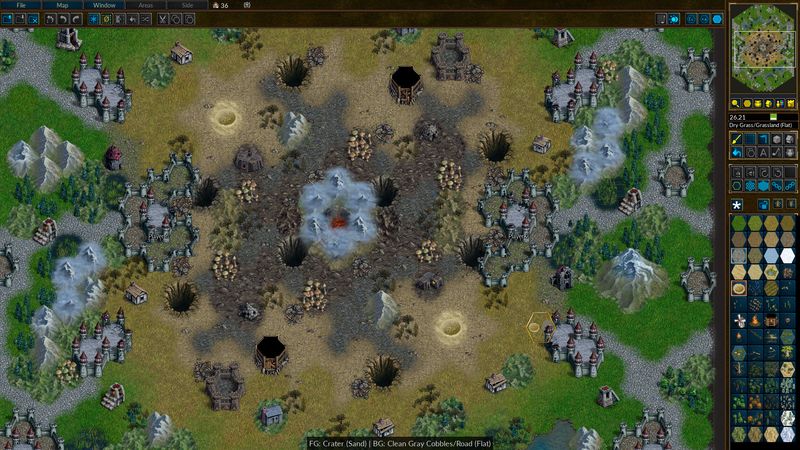
Story and Characters
Wesnoth’s campaigns take you across the world of Irdya. You’ll control all kinds of groups—humans, elves, orcs, undead, and more. While the stories aren’t award-winning, they do a solid job setting the mood. Whether you’re reclaiming a kingdom, leading rebels, or fighting dark forces, there’s always a goal to work toward. My personal favorite is “Heir to the Throne”, where you help an exiled prince build his army from nothing.
The characters are fun too. Their dialogue often includes jokes or quirky comments. You’ll get moments like a dwarf cracking wise or an elf complaining about reckless humans. It keeps things light and helps your units feel more alive as they grow stronger.
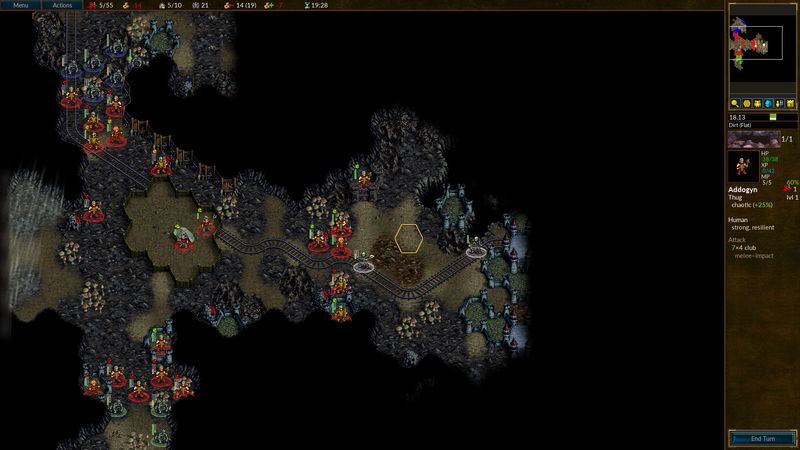
Visuals and Graphics
Wesnoth uses colorful, detailed pixel art. The maps feel like living board games, where terrain like forests and mountains affects your strategy. It doesn’t use modern lighting or effects, but that’s part of its charm. Dragons breathe pixelated fire, archers shoot 2D arrows, and fog-of-war keeps you guessing.
Each faction has a unique look, and you can even change the visuals with art packs. I tried a medieval fantasy pack that gave the whole game a fresh new feel. It shows just how moddable Wesnoth really is.
Sound and Music
The music in Wesnoth is lovely. You’ll hear soft harp tunes, exciting battle songs, and moody background tracks. They often have a Celtic-style sound with gentle flutes and strings. I’ve even left the game running just to enjoy the soundtrack while relaxing.
Sound effects are simple—swords clash, arrows fly—but they do the job. There’s no full voice acting, which might feel like a drawback for some. Still, the simple sound design fits the game’s warm and cozy vibe.
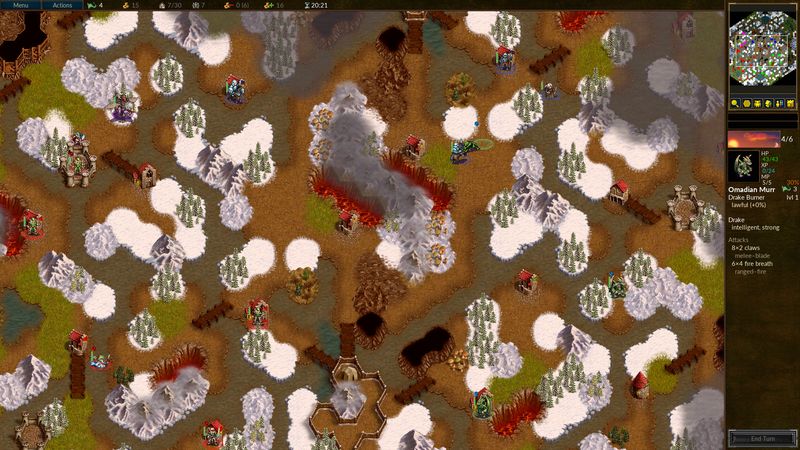
Difficulty and Replayability
Wesnoth has difficulty options for everyone. You can pick “Easy” for a relaxed story playthrough, or go for “Difficult” if you want to plan every move carefully. Some campaigns are tough if you ignore terrain bonuses or spread your troops too thin. But even the harder parts make winning feel more rewarding.
There’s tons of replay value too. With 17 official campaigns, lots of community-made scenarios, multiplayer modes, and a map editor that encourages creativity, it’s hard to run out of things to do. One player told me they’ve played for years—on both PC and mobile—always coming back to finish a new map or story.
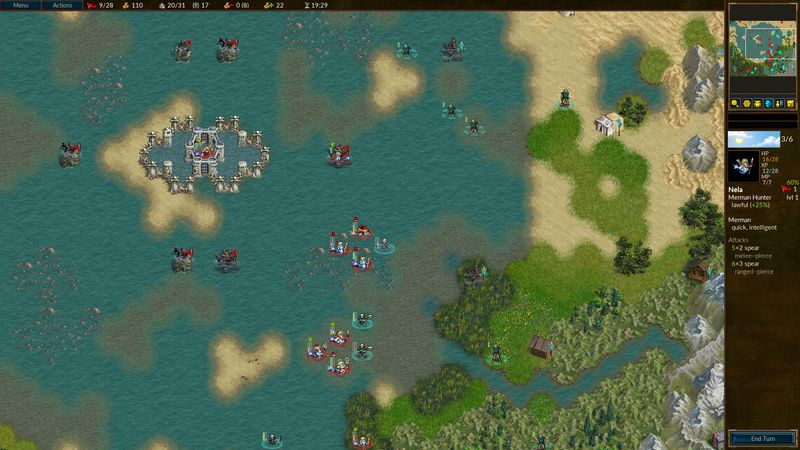
Trivia and Behind-the-Scenes
First released in June 2003, The Battle for Wesnoth has lasted this long thanks to its passionate team of volunteer developers. It’s open-source under the GPL license, which means anyone can dive into the code to fix bugs, add features, or build new content.
The community is very active, with a forum and a monthly newsletter that highlights new mods and updates. If you’re good at coding, art, or music, you can contribute too. Players can upload their creations directly into the game through the launcher, helping Wesnoth grow with every update.

Final Thoughts
In the end, The Battle for Wesnoth is a warm and endlessly playable strategy game. Yes, it looks a bit old in places, and the interface could be smoother. But with its huge variety of campaigns, strong community, and creative tools, it offers more than most paid games.
Whether you’re new to turn-based strategy or a seasoned player looking for something fun and low-stress, there’s a lot to enjoy here.
Rating: 4 out of 5 stars
I’m giving Wesnoth a solid four stars. It loses one star because of the outdated UI, which might be tough for newcomers. Still, it’s generous, full of heart, and genuinely fun. If you’ve been searching for a relaxed but rich strategy experience—especially one that lets you build your own battles—definitely give it a try.
